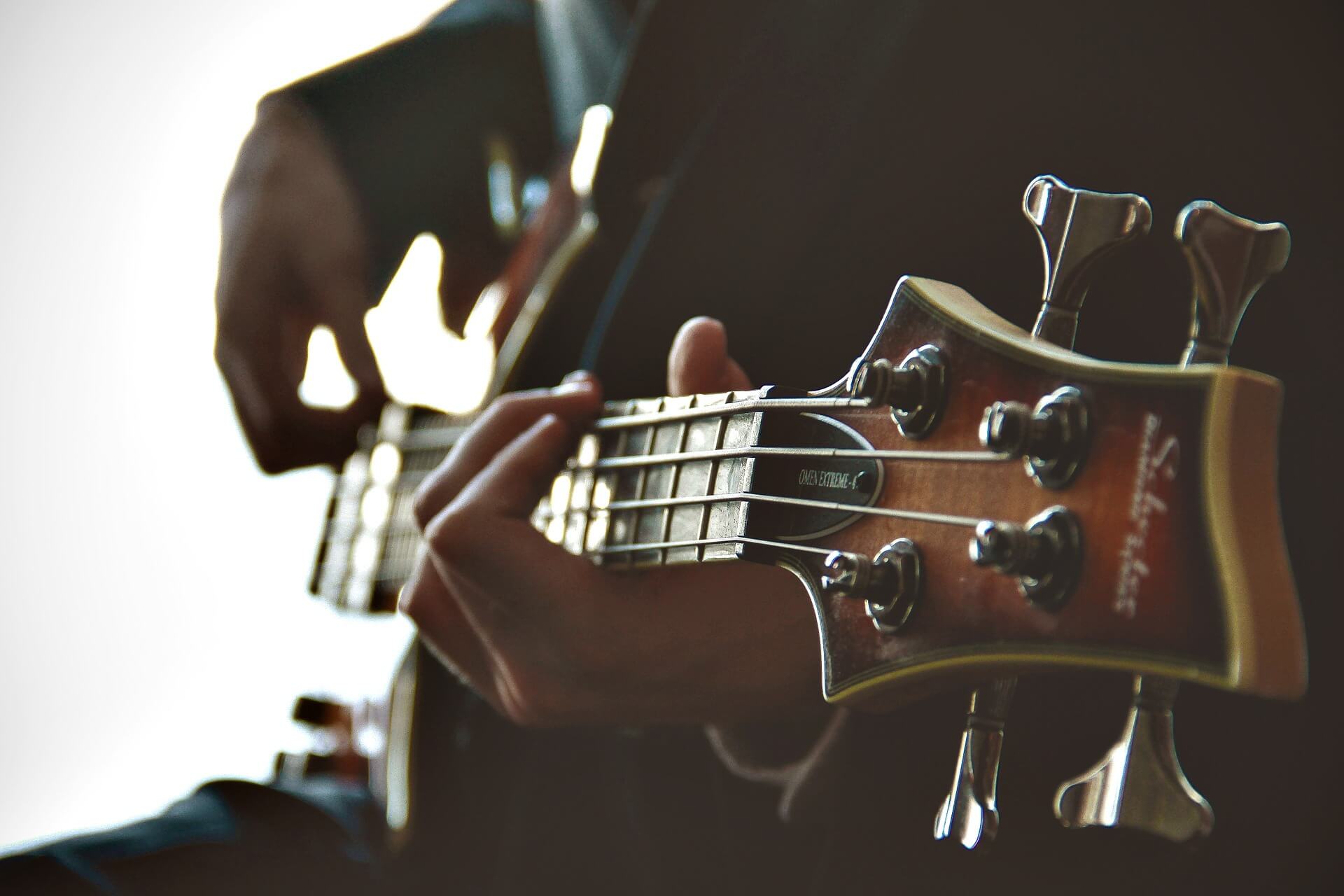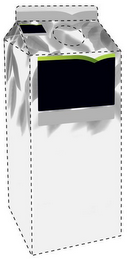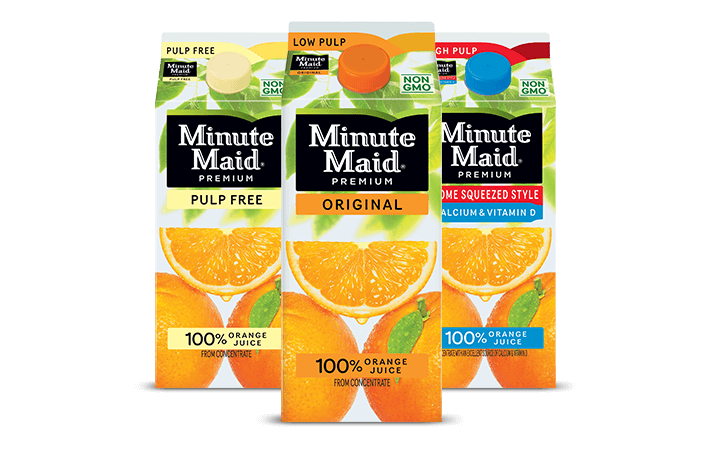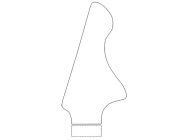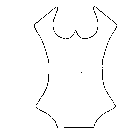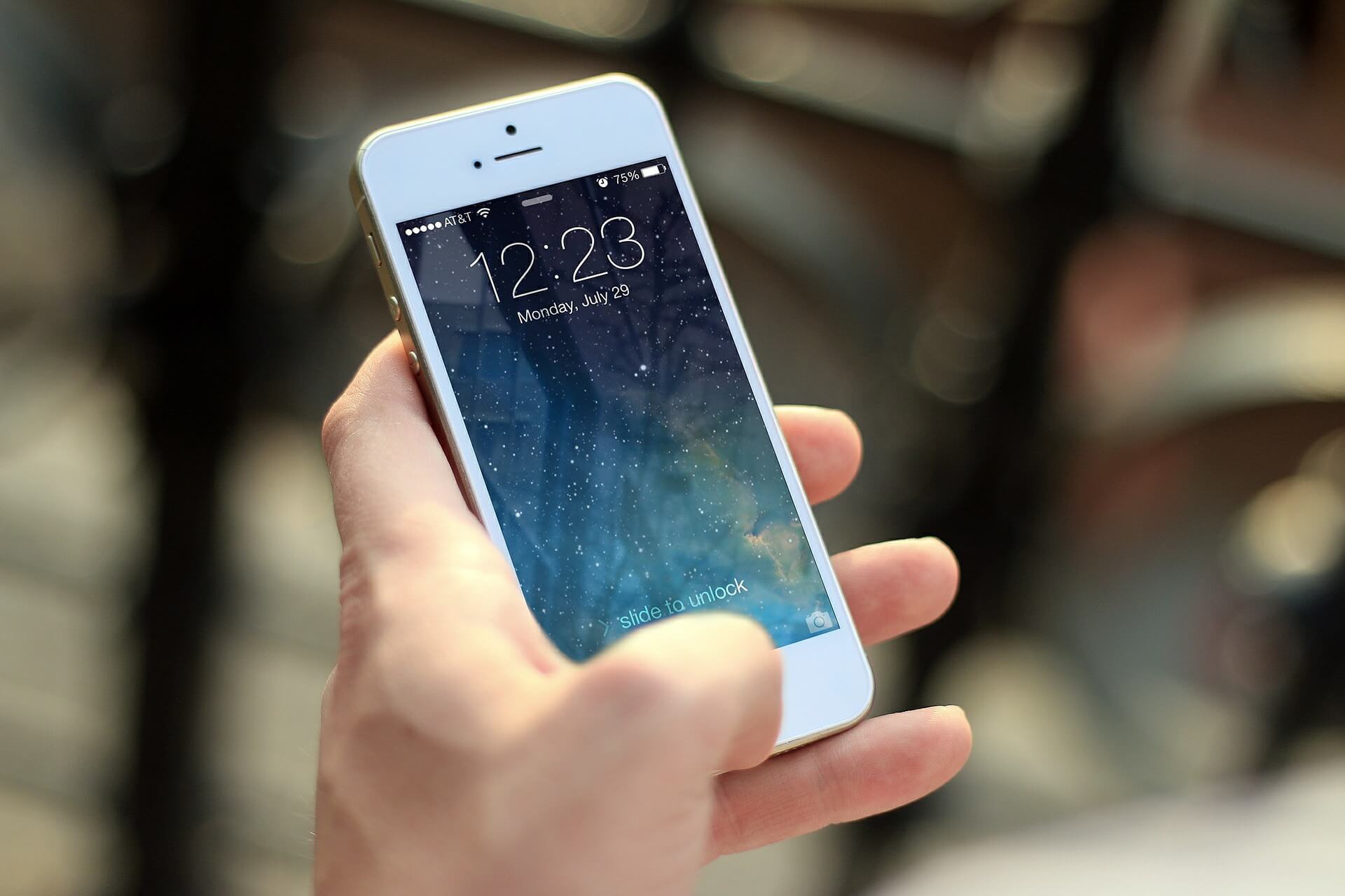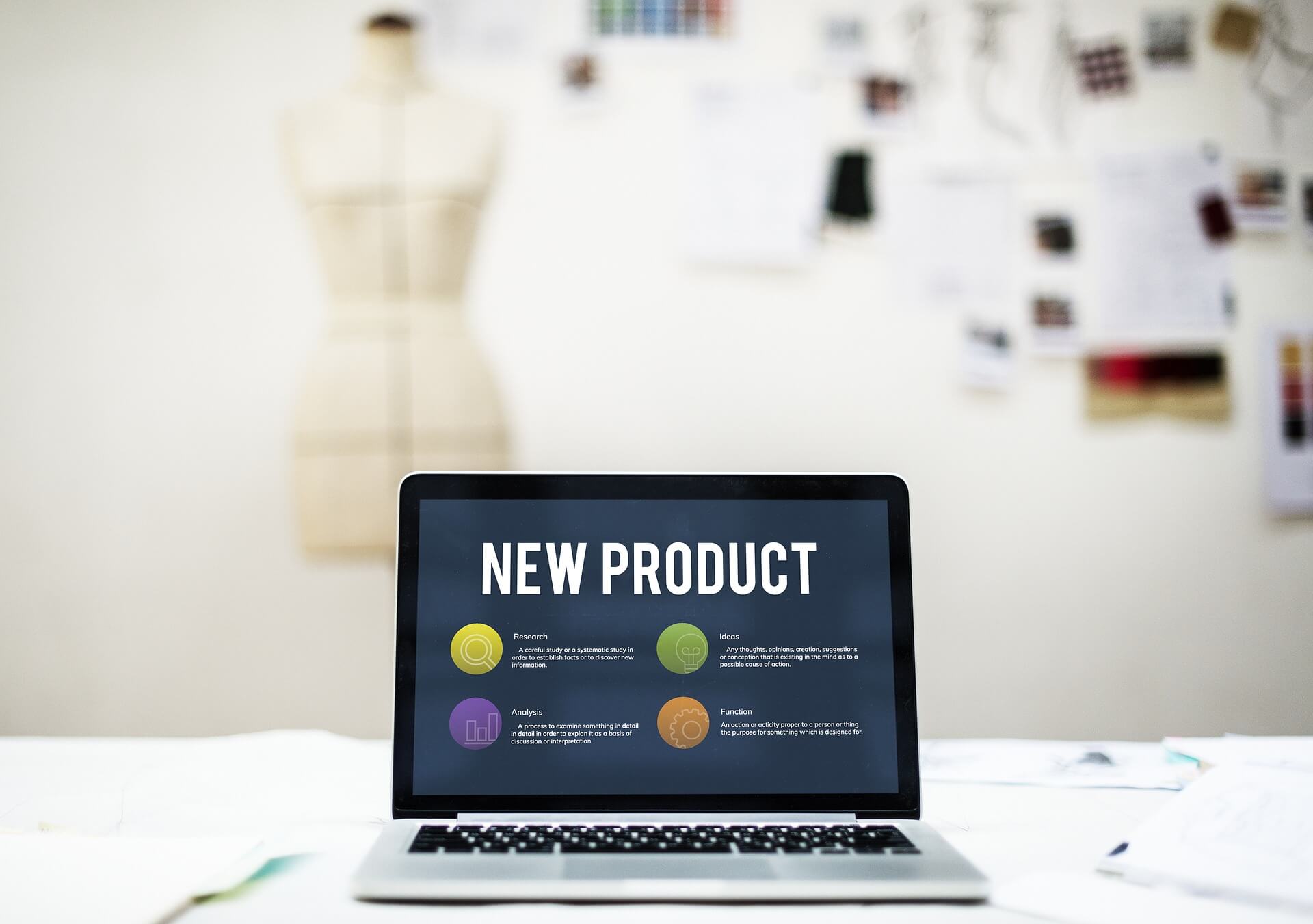열심히 비즈니스를 하시다가 아닌 밤중에 홍두깨 식으로 Cease and Desist Letter (씨즈-앤-디씨스트 레터) 라고 하는 특허/상표 침해 경고문을 받는 경우가 있습니다.
특허나 상표권을 가진 업체는 그 권리를 이용하여 시장 지배력을 확보하고 수익을 최대화해야 하겠죠. 이를 위해 제3자의 침해 행위를 예방하고 근절하기 위한 여러가지 노력을 하는데, 그 중 하나가 바로 변호사를 고용하여 유사 상표나 제품에 대해 경고문을 발송하는 것입니다.
한국 정서로는 ‘법 없이도 산다’ 는게 자랑할 일이지만, 미국 땅에서는 잘 통하지 않는 얘기죠. 실제로 많은 한인 업체들이 크고 작은 법률 문제에 적절히 대응하지 못하고 있는게 현실입니다.
특허나 상표 침해(Patent or Trademark Infringement)에 대한 경고문을 받았을 경우, 어떻게 대응하면 좋을까요?
1. 모든 경고문이 다 같지는 않습니다.
소송 이야기가 나오면 덜컥 겁이 나는 것은 당연합니다. 손해 배상 문제는 차치하더라도 소송에 들이게 될 시간과 번거로움만 따져도 충분한 골칫거리 입니다.
물론 중대하고 명확한 침해 사실을 발견한 후, 이에 대한 초동 조치로 경고문을 발송하는 경우도 있지만, 상표나 특허의 침해가 확실치 않은 경우에도 무작정 경고문을 보내는 경우도 많습니다.
사실 경고문은 하나를 작성하여 수신자명만 바꿔 다수에게 보낼 수 있기 때문에, 큰 비용이 들지 않습니다. 반면에 경고문을 받는 입장에서는 경험도 없고 예기치 못한 상황이기 때문에 당황하여 서둘러 합의를 보는 등의 성급한 대응을 하기 쉽죠. 이러한 점을 악용하여, 침해로 보기 어려운 경우에도 매우 공격적인 경고문을 보내 합의를 종용하는 경우가 있습니다.
2. 주변의 믿을 수 있는 분들과 상의하세요.
대부분의 한인 비즈니스가 이런 골칫거리가 생겼을 때 마음편히 찾아갈 수 있는 변호사가 없습니다. 사실 아파서 찾아가면 늦은게 병원이라는 말이 있듯이, 법률 문제가 발생하고 변호사를 찾아가면, 어찌보면 돈 쓸일만 남았다고 볼 수 있습니다.
변호사 입장에서는 비즈니스가 당면한 골칫거리를 가장 효과적으로 그리고 확실하게 해결해야 할 것이고, 따라서 대부분의 경우에 가장 빠르고 안전한 방법인 ‘합의’를 권하게 됩니다.
헌데, 합의가 항상 비용효율적이거나 올바른 해결책은 아닙니다.
사실 제조사가 직접 소비자에게 물건을 파는 경우가 아닌 이상, 상표/특허의 침해는 제조 및 유통에 걸쳐 다양한 이해관계가 얽혀 있는 복잡한 문제입니다. 주변에 유사한 사례나 경험이 있는 분을 찾아가 이야기를 나눠보세요. 많은 비용과 시간을 절약하시게 될 것입니다.
3. 특허 상표 전문가를 찾으세요.
결국은 특허/상표 전문가에게 의뢰하지 않는 이상, 경고문이 혹 잘못 온 것은 아닌지, 상대방이 어느정도 심각하게 소송을 고려하고 있는지, 어떻게 하면 특허/상표 침해를 피해갈 수 있을 지 등에 대한 해답을 얻기는 어렵습니다.
특허 변호사는 변호사 중에서도 별도 자격 시험을 통과하고 미국 특허청 (USPTO) 에 등록된 변호사만 사용할 수 있는 칭호입니다. 특허에 관한 궁금증이 있으시면, ‘특허 변호사 (Patent Attorney)‘ 를 찾으시면 확실합니다.
반면에 상표는 별도의 자격 시험이 없습니다. 하지만 많은 ‘스몰 비즈니스 변호사 (Small Business Attorney)‘ 들이 직접 상표 관련 상담을 진행할 능력을 가지고 있고, 그 외에도 대기업이나 대형 로펌에는 상표 업무만 담당하는 전문인력이 있기도 합니다.

